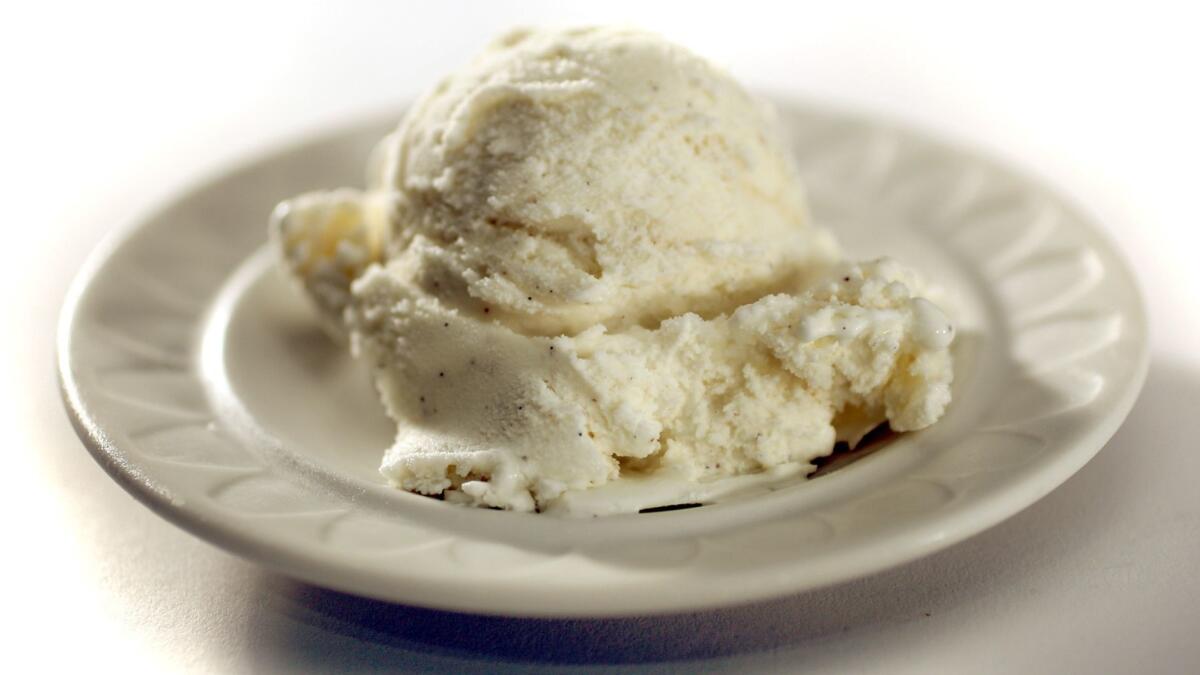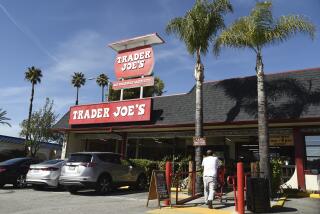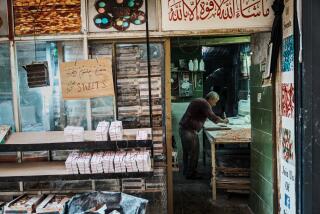Vanilla sounds plain, but it’s gotten very expensive. Here’s why

Ice cream shops, take cover: The vanilla crisis is still going strong.
Baskin-Robbins parent company Dunkin’ Brands Group Inc., which recently launched a task force to get to the bottom of rising input costs, said this week that commodity inflation weighed down its net margin on ice cream in the most recent quarter. Although it didn’t name vanilla specifically in its earning call, its vice president of international supply chain, Pete Jensen, said sourcing the specialty flavoring remains a key focus.
“We are monitoring the situation with vanilla extract prices very closely, and are working hard to mitigate the impact on our costs,” he said in an emailed statement. The task force — which includes members of Dunkin’s domestic and international research and development, marketing, finance and supply chain teams — has had some success in negotiating with suppliers and reformulating menu items “to counter much of the headwinds posed by certain rising ingredient costs, including vanilla extract,” he said.
Dunkin’ isn’t the only vanilla user feeling the pinch. General Mills Inc., maker of Haagen-Dazs outside the United States and Canada, cited vanilla inflation as an issue during its investor day this month. And a growing number of big food companies have been working with vanilla farmers in Madagascar to help improve conditions, cut out the middleman and ensure supply.
Deadly cyclone
It’s no coincidence that food makers are thinking so much about the seemingly ubiquitous flavor, often thought of as a boring or plain choice. In March 2017, the destructive cyclone Enawo hit Madagascar, which accounts for 80% of global vanilla supply. It killed 81 people, destroyed crops and sent the price of natural vanilla skyrocketing. The supply crimp worsened as vanilla thieves and corrupt intermediaries took advantage of the situation.
“In addition to ripping off farmers, these middlemen mix premature vanilla with legitimate vanilla so you won’t get the full yield of vanilla. These practices result in premature vanilla and depressed farmers’ incomes,” said Michael Okoroafor, McCormick & Co.’s global vice president of sustainability and packaging innovation. McCormick is working with nongovernmental organizations to eliminate those middlemen, he said.
Before the cyclone, demand for natural, pure vanilla had already been on the rise as more companies were looking to shift from artificial flavoring in response to changing consumer tastes. Farmers hadn’t been able to keep up with increasing consumption, as it takes three to four years for plants to start producing vanilla beans, Craig Nielsen of Waukegan, Ill.-based Nielsen-Massey Vanillas Inc. said last year.
Vanilla prices soared after the cyclone, reportedly sometimes above the cost of silver. Companies, with the support of nongovernmental organizations, have been working to help repair the broken supply chain, but given the delicate process — which requires farmers to hand-pollinate orchid flowers the day they bloom — it’s going to take time.
Vanilla cone
Big food companies including Mars Inc. and Nestle have been working with suppliers and supporting vanilla-producing rural communities, with some improvement efforts beginning even before the cyclone.
The higher prices and supply-chain disruption are causing headaches for mom-and-pop ice cream shops and large corporations alike. At Capannari Ice Cream in the Chicago metro area, scoopers go through gallons of the company’s Madagascar Vanilla flavor faster than any other, and that comes at a cost.
Owner Jim Capannari said he managed to buy most of his yearly vanilla supply before prices jumped. Capannari said he considers himself lucky because vanilla costs soared to about six times more than what he normally pays.
“I would say our Madagascar Vanilla is probably our No. 1 flavor,” he said, noting that he re-upped his supply in the nick of time. “I always keep more vanilla than I need.”
Pavlova writes for Bloomberg.






